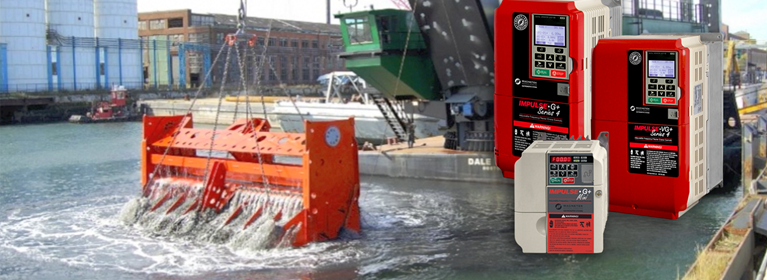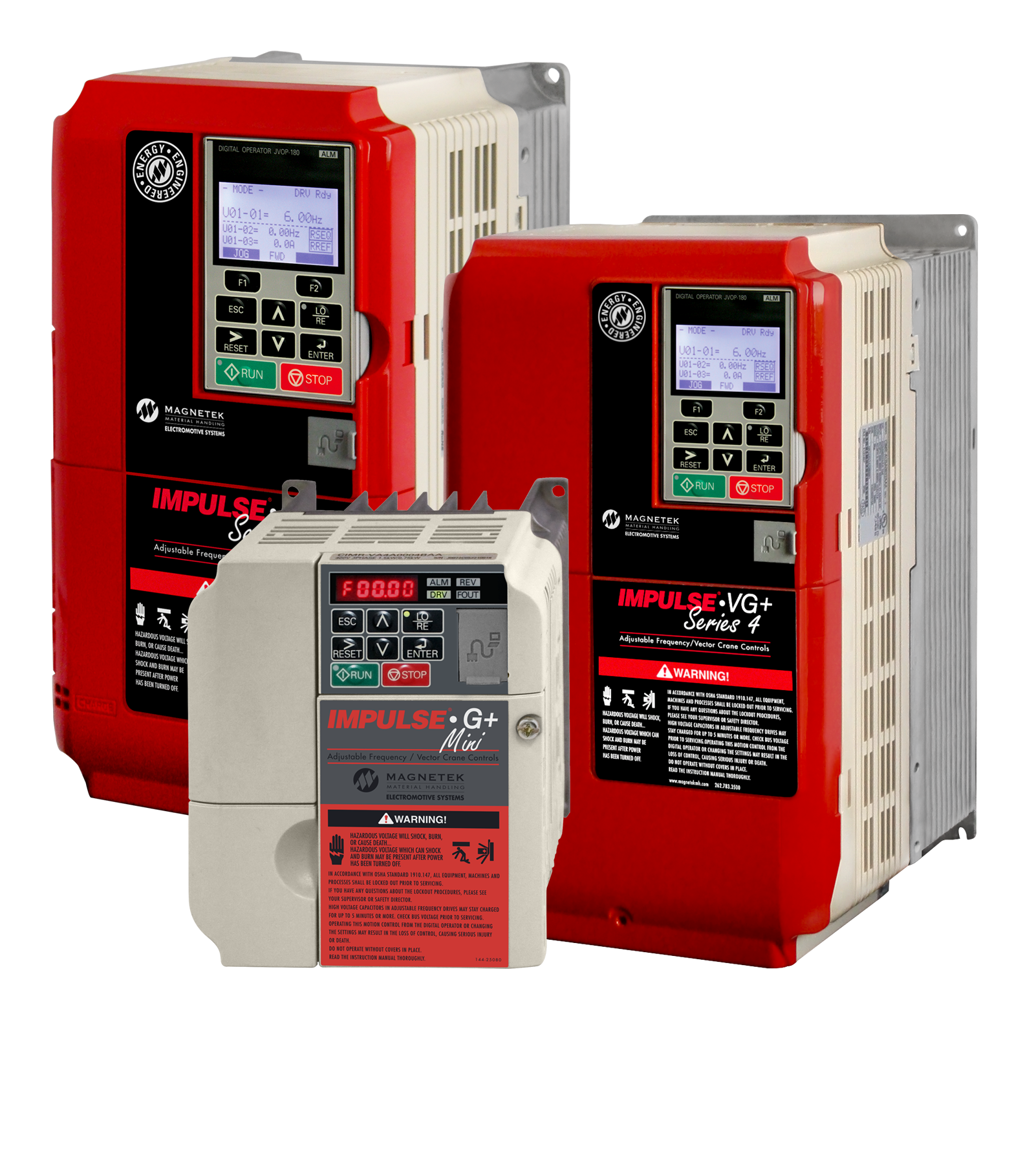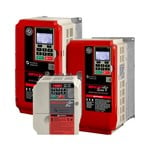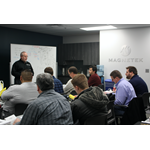
The Truth about Ambient Temperature Ratings for Variable Frequency Drives
Power & Motion Technology | Crane Systems | By Casey Cummins | May 27, 2021

Used for everything from controlling simple hoist motions to an entire crane system, variable frequency drives (VFDs) are an integral part of intelligent motion control systems. One important aspect of using a VFD is understanding its ambient temperature rating and how to control the temperature within its operating environment. Heat is the single largest enemy for VFDs – or any electronic device for that matter.
In this blog, we answer four common questions about ambient temperature ratings for VFDs.
- Is the ambient temperature rating of a VFD the same as the internal enclosure temperature?
The ambient temperature rating of a drive does not equate to internal enclosure temperature. Electronics radiate heat, which equates to a temperature rise inside a sealed enclosure. Variables that need to be considered are the heat loss of the heat-generating components, the temperature outside of the enclosure, and the duty cycle of the equipment. For example, a typical Class C crane on a hot, sunny day can easily exceed most VFD manufacturers’ maximum temperature ratings. It is critical to protect VFDs, and all electrical components, from excessive heat to ensure safety and longevity. - Should the enclosure be ventilated?
In dirty industrial environments, it is a good idea to keep the enclosure sealed. Dirt build-up on the controls can lead to decreased heat dissipation, and, if airborne particles are electrically conductive, it can cause short circuits. An isolated air conditioning system may be an ideal solution. If the environment is reasonably clean, with no caustic particles in the air, a fan and ventilation kit can be utilized to help transfer heat out of the enclosure. For simple non-ventilated applications, it’s common to add a fan to circulate the air and prevent hot spots. - When should air conditioning be used to cool a VFD enclosure?
When fan cooling and ventilation won’t cut it, air conditioning is the next option to ensure your VFD stays cool. Air conditioners are rated in BTU/hr (British Thermal Units per hour), which is the amount of heat energy that can be removed from an enclosed space per hour. Manufacturers and suppliers typically have a calculator to help determine the air conditioner size required for a control panel. These factors include the enclosure volume, ambient temperatures, desired temperature, and internal heat load. Many industrial air conditioning units are considered closed-loop and don’t transfer external air to the inside and vice versa. - What happens to the VFD if the temperature exceeds the temperature rating?
VFDs will not immediately stop working once the internal temperature exceeds the max rating recommended by the VFD manufacturer. However, if this happens, you will likely experience a reduced life expectancy from the VFD. Proper ambient temperature management will ensure your control system runs optimally and reliably for years to come.
Columbus McKinnon’s industry-leading Magnetek variable frequency drives are relied on by customers around the world for crane and hoist applications. If you have questions about your drive or want more information on how drives can be used in your motion control applications, contact us.
Start a Conversation with our VFD Crane Control Experts
Casey Cummins
Casey Cummins is a Magnetek Controls Product Manager at Columbus McKinnon Corporation. He started with the company in 2011. Prior to moving into a management roll, Casey worked on embedded firmware development and electrical design. Also, Casey actively serves on the AIST crane committee. Outside of engineering life, he is fascinated by the modern space race and astrophysics, and also has a goal of hiking all the US national parks.

Related Articles
When choosing a variable frequency drive (VFD) for your crane or hoist application, we recommend using a crane-specific VFD and not a general purpose VFD. Why? Using a crane-specific VFD can have a significant impact on the safety, uptime, and productivity of your crane application, and can get you up and running quicker and easier.
When comparing variable frequency drives (VFD) to 2-speed control for use in cranes and hoists, there are a variety of factors you should take into consideration. These range from load control and speed adjustment to efficiency and extended hoist life. In this blog, we will compare the two to show you the benefits of VFD crane control over 2-speed.
Customers often ask us how easy it is to replace their existing variable frequency drive (VFD) with a Magnetek IMPULSE VFD. The answer is: it’s easy!
Whether you have an existing VFD from decades ago, or even contactor control, you can get a replacement Magnetek VFD up and running in only a few steps.



 North America - EN
North America - EN







